What Really Scares People: Top 10 Phobias
Fear Factors
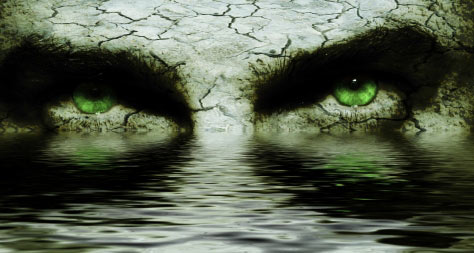
Whether you jump at the sight of a spider or work up a sweat at the mere mention of getting on an airplane, fears and phobias abound. About 19.2 million American adults ages 18 and over, or some 8.7 percent of people in this age group in a given year, have some type of specific phobia, or extreme fear. Here are some of the worst.
The Dentist
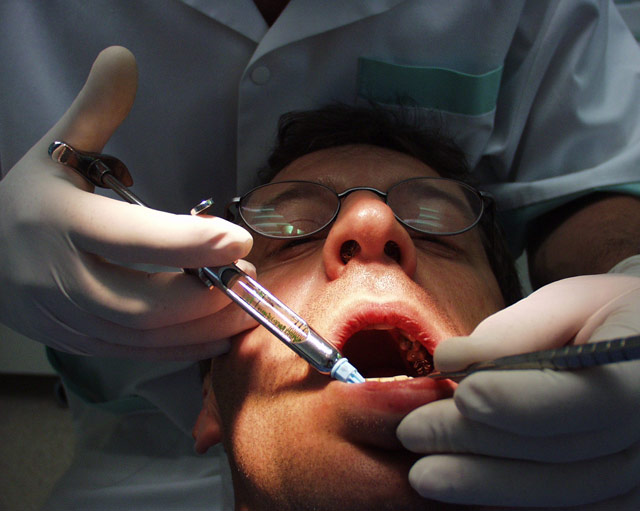
Not many people jump for joy at the thought of an intense session of plaque removal. And between 9 percent and 20 percent of Americans say they avoid going to the dentist because of anxiety or fear, according to WebMD.
Full-blown dental phobia is a more serious condition in which a person avoids the dentist at all costs. People suffering from the phobia usually only show up at the dentist when forced by excruciating pain.
Various factors can keep someone from the dental chair, including a bad experience in the past, fear of injections, and feelings of helplessness (think dental chair and drill in mouth). How to get to the dentist before you have a mouth full of rotting teeth? Realize a dentist can work with you to make you more comfortable during cleaning and other procedures. For instance, you can set up a hand wave that signals the dentist to stop a procedure immediately.
Dogs

From tiny, purse-size pups to buff German shepherds, any flavor of man's best friend can scare the pants off some who suffer from cynophobia, or extreme fear of dogs. Typically, people tend to develop fear of dogs as a result of being bitten themselves or seeing somebody get bitten, according to psychology professor Brad Schmidt of Ohio State University. Some dog phobics, however, became fearful of pooches because they know dogs do sometimes bite. Treatment generally involves coming maw-to-maw with the barkers.
Frightful Flight

There's no such thing as "the friendly skies" for the 25 million or so people in the United States who suffer from some form of flying fear. Such fears range from just a bit of anxiety to an extreme flying phobia called aviophobia that can keep a person off airplanes at any cost.
These frightful fliers fall into two evenly split groups: those who are afraid of plane crashes and those who are claustrophobic and risk a panic attack inside a plane's tight cabin quarters, according to Barbara Rothbaum, professor in psychiatry and director of the Trauma and Anxiety Recovery Program at Emory University School of Medicine.
Get the world’s most fascinating discoveries delivered straight to your inbox.
Like other phobias, reason plays little role in calming such crash fears. For instance, the lifetime odds of dying in an air travel accident are 1-in-20,000 compared with 1-in-100 for an auto accident and 1-in-5 from heart disease (based on 2001 statistics). However, treatment for flight fears — sans a drunken stupor — which includes virtual reality therapy and other forms of cognitive-behavioral therapy has shown much success, Rothbaum notes.
Thunder and Lightning
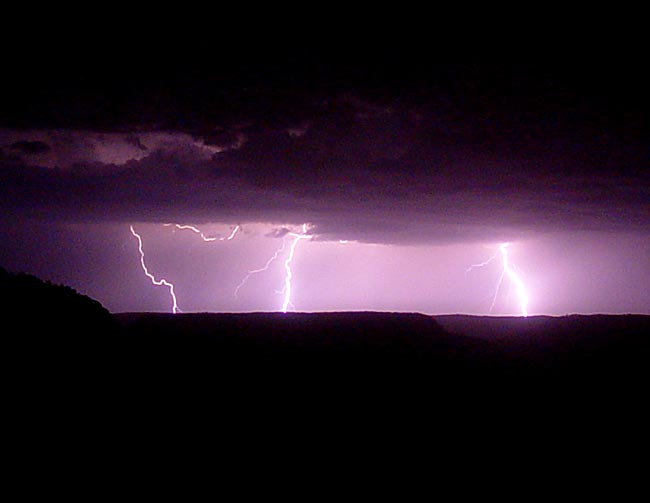
The crackling of thunder and lightning can lead to a heart-pounding, sweaty-palm meltdown for individuals with severe weather phobia. In fact, some even pack up and move to regions known for calm weather, according to John Westefeld of the University of Iowa.
Westefeld reported on a survey of mostly college-age students in 2006 in which 73 percent of participants had "a little bit" or "moderate" fear of weather. "I think there are more people out there who have [severe weather phobia] than most people might assume," Westefeld told LiveScience. "A lot of the folks I interviewed indicated they were very embarrassed about this so that they hadn't told anybody about it. In some cases they indicated their spouses didn't even know about it."
In terms of treatment, Westefeld recommends "a combination of social support and accurate information, and training in ways of coping with anxiety and panic." That way, those with intense storm frights can reach a middle ground, where they have enough fear to keep them safe without debilitating them.
The Dark

For many kids, lights out can mean immediate distress that the boogey man, or some variation, will pop out from beneath the bed or behind a closet door. In fact, being afraid of the dark is one of kids' most common fears. "What always amazes us are the thoughts or beliefs that kids have," said Thomas Ollendick, professor of psychology and director of the Child Study Center at Virginia Tech. "Kids believe everything imaginable, that in the dark robbers might come or they could get kidnapped, or someone might come and take their toys away." Essentially, their fears stem from "the unexpected," he said. While kids grow out of such fears, if the anxiety reaches extreme levels and is considered a phobia, called nyctophobia, Ollendick says that can last through adulthood if left untreated.
Harrowing Heights

If you get the heebie-jeebies when standing on a rooftop or looking up at a tall building, you're not alone. Fear of heights is one of the most common phobias (followed by public speaking) with an estimated 3 percent to 5 percent of the population suffering so-called acrophobia.
While scientists had thought such phobia was the result of an irrational fear to normal stimuli, new research is suggesting otherwise.
In the study, published in the journal Proceedings of the Royal Society B, participants had to judge the height of a building when standing at ground level and when atop the building. Compared with participants who scored lowest on an acrophobia test, those most afraid of heights judged the building to be about 10 feet (3 meters) higher at ground level and 40 feet (12 meters) taller from the top of the building. So the building actually seems taller to acrophobics, it seems.
Other People
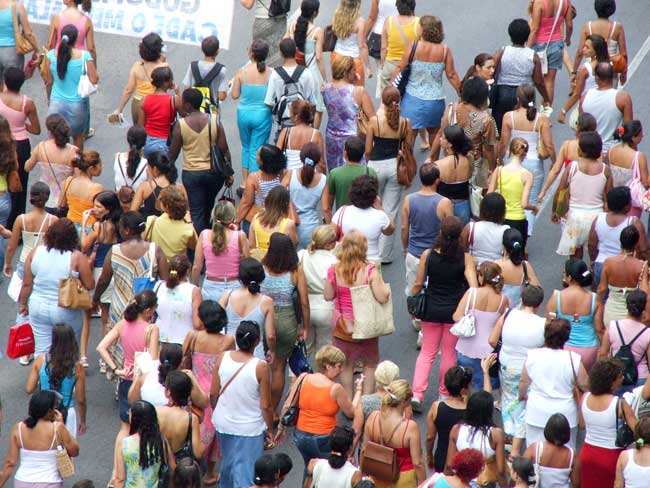
Does the thought of speaking in front of an audience color your face a bright red, send sweat pouring from your pores and bring a sick feeling to your gut? Those are just a few of the signs of social phobia, which affects about 15 million American adults, according to the National Institute of Mental Health. And it's not limited to public speaking: Those affected can get the sweats over eating or drinking in front of others, or a general anxiety when around almost anyone other than family members. The fear begins in childhood or adolescence, usually around the age of 13.
Scary Spaces
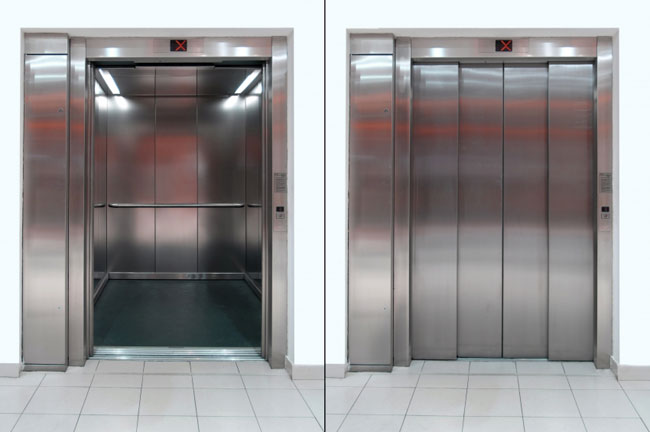
About 1.8 million American adults over 18 years of age suffer agoraphobia, which involves intense fear and anxiety of any place or situation where escape might be difficult, according to a 2008 report by the National Institute of Mental Health. Commonly feared spots and activities include: elevators, sporting events, bridges, public transportation, driving, shopping malls and airplanes, according to the Mayo Clinic. The fear can lead a person to avoid leaving their home, traveling in a car or being in a crowded area.
Creepy Crawlies
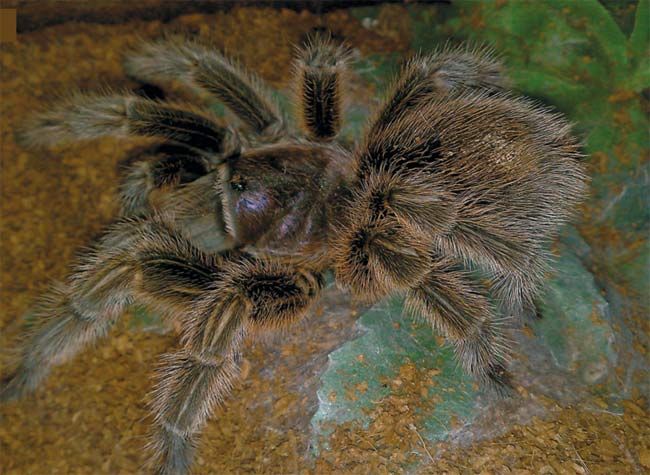
While most would at least flinch at the sight of Aragog, the human-eating spider depicted in "Harry Potter and the Chamber of Secrets," the everyday spider can cause the same fear in some people. And it turns out, women are four times more likely to fear such arachnids than men.
In a study being published in the journal Evolution and Human Behavior, David Rakison of Carnegie Mellon University in Pittsburgh found that 11-month-old girls quickly learned to associate images of spiders and snakes with a fearful facial expression, while baby boys did not.
From an evolutionary perspective, this makes sense, as women would have encountered such creepy crawlies regularly while gathering food, Rakison speculates. And, he says, the cringe factor could keep both moms and their infants safe. Macho men, on the other hand, would have needed to take frequent risks when hunting and so evolutionary pressure to jump at the sight of a spider would be less than beneficial.
Slithering Snakes

Considered one of the most common phobias, an extreme fear of snakes could be evolutionarily imprinted in people, studies suggest. Long ago, spotting a snake (or even a spider) would have been an advantage to a person's survival, according to one study in which adults and children could pick out images of snakes among various non-threatening objects more quickly than they could pinpoint frogs and flowers. The ability to spot a snake in the blink of an eye, the researchers say, likely helped our ancestors survive in the wild.
Jeanna Bryner is managing editor of Scientific American. Previously she was editor in chief of Live Science and, prior to that, an editor at Scholastic's Science World magazine. Bryner has an English degree from Salisbury University, a master's degree in biogeochemistry and environmental sciences from the University of Maryland and a graduate science journalism degree from New York University. She has worked as a biologist in Florida, where she monitored wetlands and did field surveys for endangered species, including the gorgeous Florida Scrub Jay. She also received an ocean sciences journalism fellowship from the Woods Hole Oceanographic Institution. She is a firm believer that science is for everyone and that just about everything can be viewed through the lens of science.


